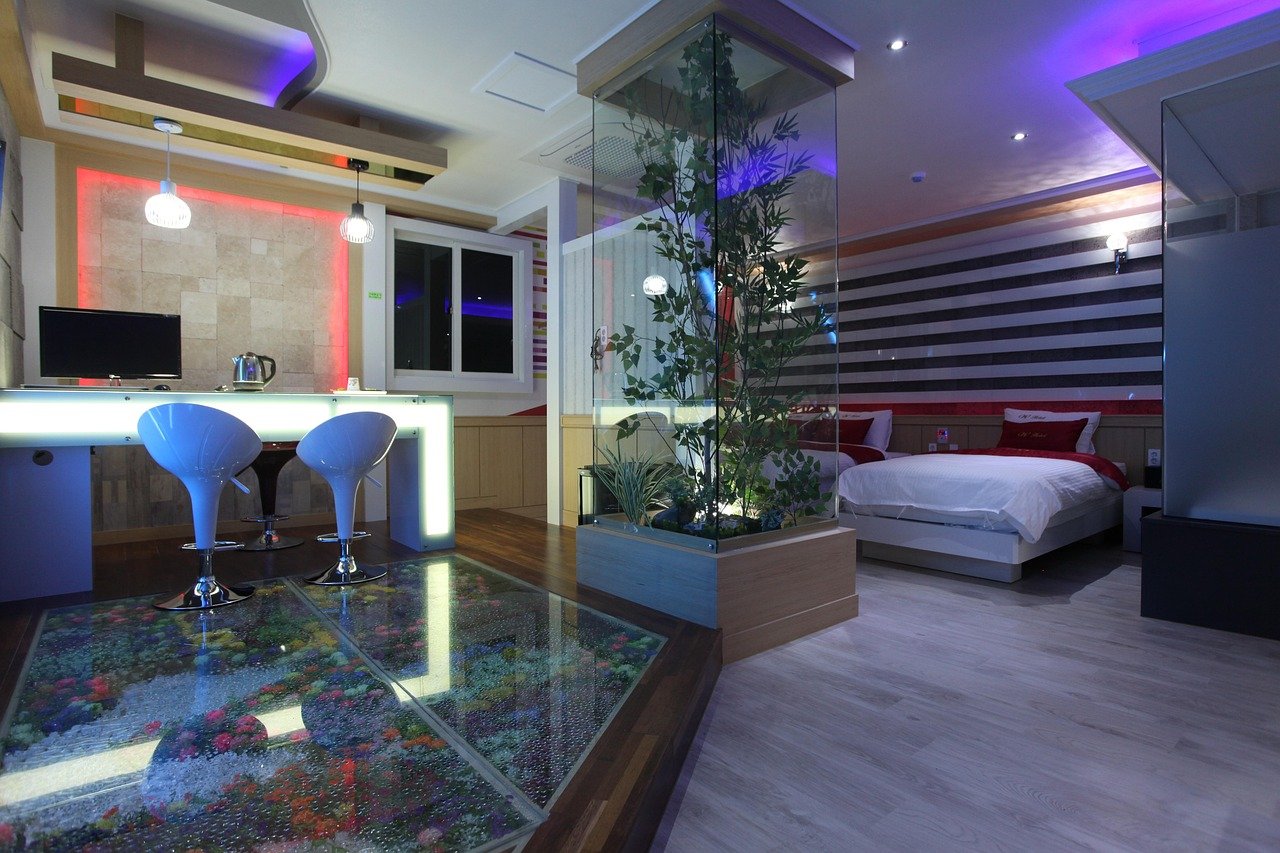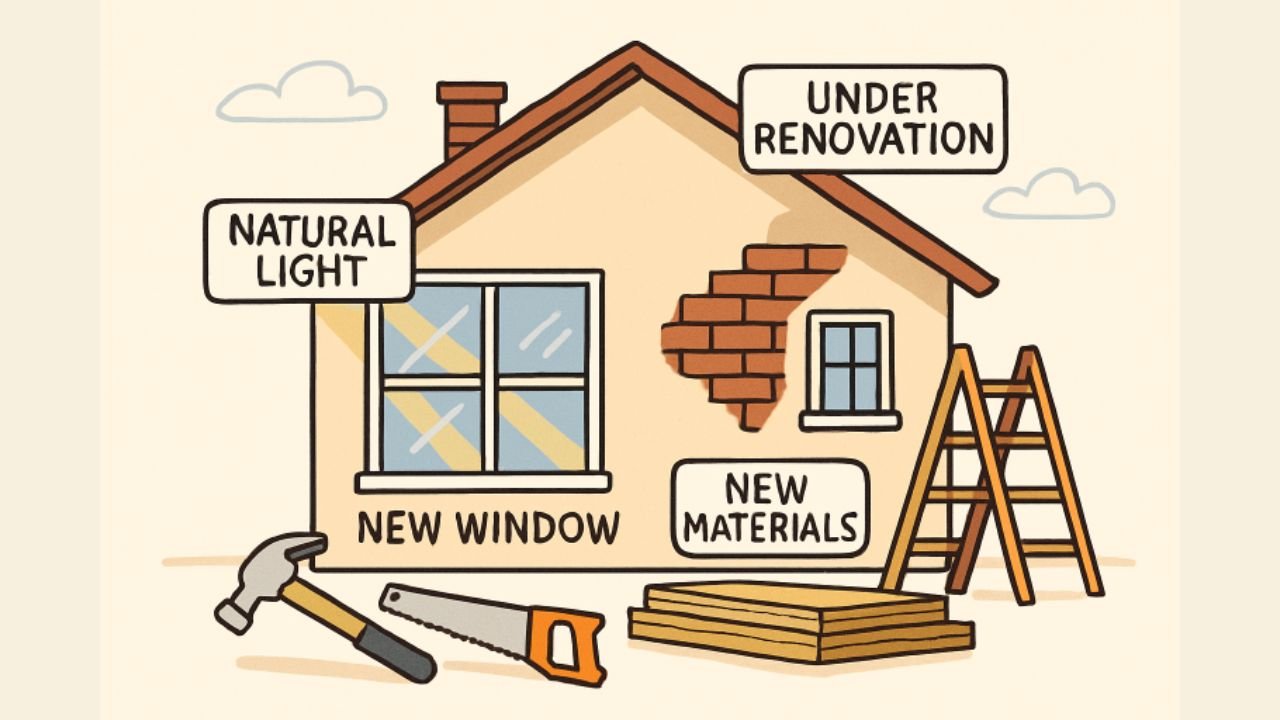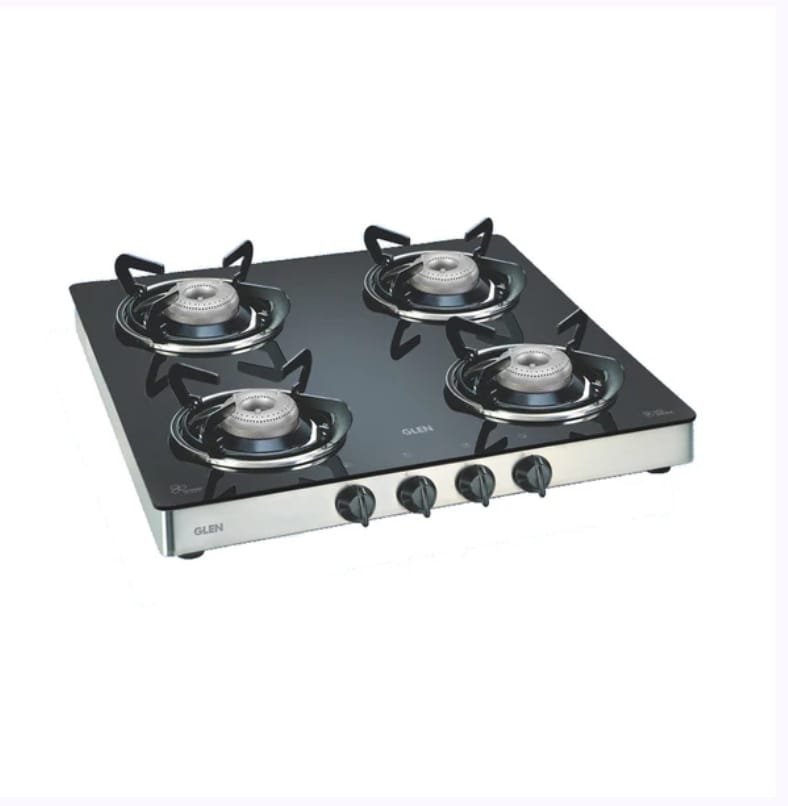A well-designed guest suite or home office can transform underutilized spaces into functional, stylish areas that add value to your home. Whether you’re hosting overnight visitors or upgrading your work-from-home setup, a thoughtful approach is critical to getting the most out of your space. From planning and decorating to practical considerations, this guide will walk you through the key steps you need to take to achieve a successful outcome.
1. Plan the Layout with Functionality in Mind
Before anything else, decide the primary purpose of the space. Will it be exclusively a guest suite, or does it need to double as a home office? Planning the layout carefully allows you to get the most out of the room.
For a guest suite, incorporate essentials like a comfortable bed, bedside storage, and closet space. For a home office, prioritize an ergonomic desk and chair setup with room for organizational tools like shelves or filing cabinets. If the space will serve a dual purpose, consider multipurpose furniture, such as a fold-out sofa bed or a storage ottoman.
2. Incorporate Adequate Lighting
Lighting is a key element that impacts both functionality and ambiance. Guest suites benefit from a warm, inviting glow, while home offices need bright, focused lighting for productivity.
Combine natural lighting with varied artificial lighting. Ceiling fixtures, bedside lamps, and desk lights can work together to create layers of illumination that suit different tasks and moods. Consider dimmer switches, which allow you to switch easily between bright and cozy settings.
3. Choose a Cohesive Color Palette
The colors you choose can dramatically influence how the space feels. A calming color palette with neutral tones, soft greens, or blues is ideal for guest suites, creating a peaceful atmosphere for relaxation.
When designing a home office, consider colors that invigorate productivity while reducing stress. Shades like light gray, white, or muted yellow can boost focus and creativity. If you’re blending guest and office needs, try versatile, neutral tones complemented by a few pops of color through accessories like cushions or artwork.
4. Maximize Comfort and Function with Furniture
The right furniture can be a game changer. For a guest suite, invest in a good-quality mattress or memory foam sofa bed to ensure your visitors sleep comfortably. Provide nightstands and dressers for convenience and storage.
When designing a home office, don’t compromise on ergonomics. Choose an adjustable desk chair and ensure your desk is the correct height for typing. If possible, add additional seating, such as a cozy armchair, to make the room feel inviting and flexible.
5. Focus on Privacy and Noise Control
Both guest suites and home offices benefit greatly from privacy and noise insulation. Install thick curtains or blinds to control light and ensure privacy. For noise control, consider soundproofing materials like acoustic panels or rugs, which can absorb sound and minimize distractions.
Especially for home offices, ensure the space is quiet enough to attend virtual meetings or focus on tasks without interruptions. Thoughtful noise control reassures guests who need rest or relaxation, offering a hotel-like experience.
6. Add Thoughtful Decor and Personal Touches
A little effort with decor goes a long way in making your space inviting. Hang framed art or photographs, and don’t underestimate the power of plants to add vitality and cleanliness to any space.
For a guest suite, place toiletries and fresh towels on a dresser or bathroom counter. A small welcome card or basket of snacks can make guests feel incredibly valued. For a home office, add corkboards, whiteboards, or motivational art to inspire your work environment. With dual-purpose spaces, try to balance these decor elements subtly to maintain a cohesive look.
7. Ensure Practical Amenities
Amenities such as ample electrical outlets and charging stations are essential for both guests and yourself, especially in the age of devices and remote work. Install outlets near the desk or bed to provide easy access for charging laptops, phones, and other electronics.
Additionally, if the room serves as a guest suite, include essentials like a full-length mirror, hangers, and an ironing station. Thoughtful planning extends comfort and convenience whether the space is utilized temporarily or daily.
8. Work with Professionals for Major Renovations
If your space requires extensive remodeling, such as adding an en-suite bathroom or optimizing ventilation, it may be wise to consult house remodeling contractors in Orem. Professionals can help ensure your project stays compliant with building codes, maximizes functionality, and meets your aesthetic standards.
Final Thoughts
With the steps outlined above, you can create a guest suite or home office that combines style, functionality, and comfort. Planning allows you to strike the perfect balance between practicality and aesthetic appeal. The right setup will ensure your guests feel truly welcomed, and your productivity reaches new heights in a workspace tailored to your needs.
YOU MAY ALSO LIKE: Design Trends That Make Your Home Feel Bigger and Brighter










